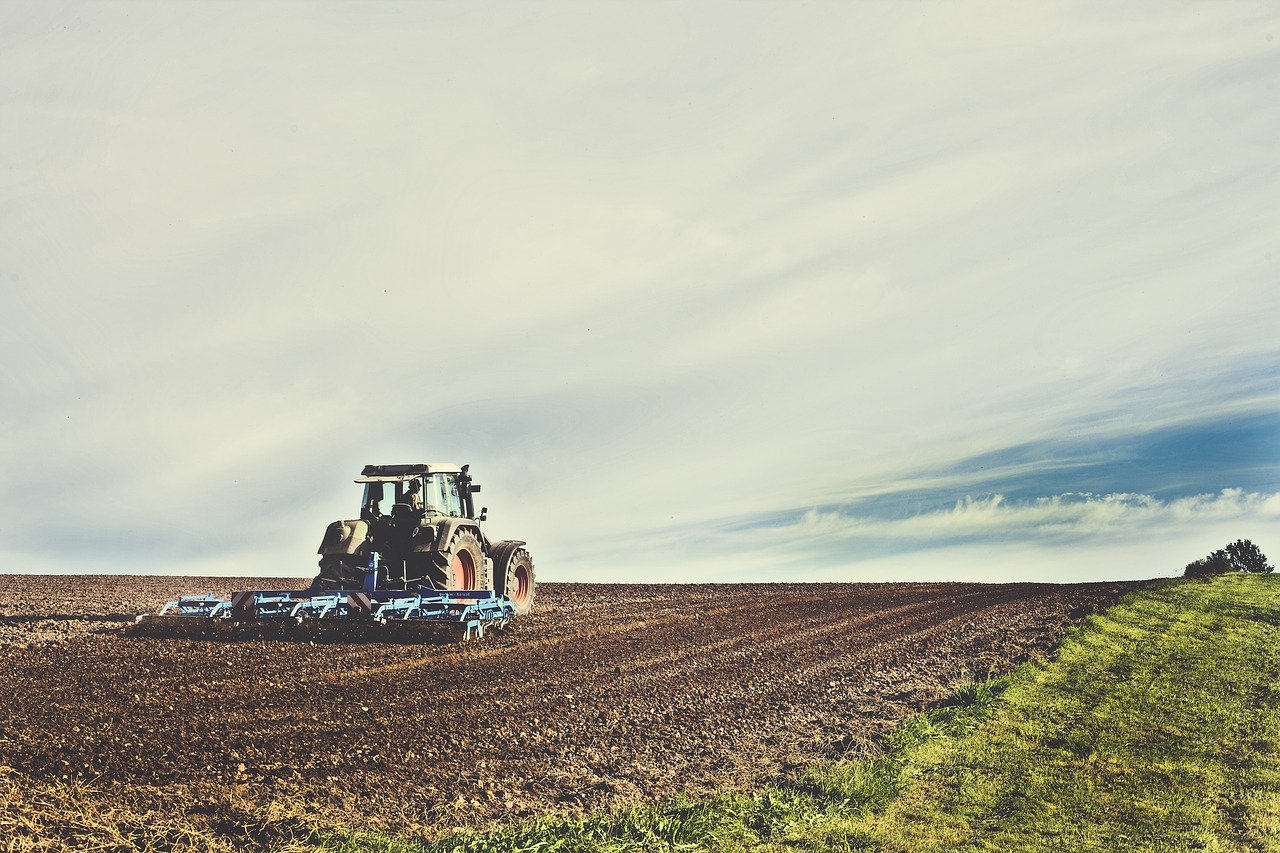2017: Agriculture Begins to Tackle Its Role in Climate Change
Author:Georgina Gustin | Published: January 4, 2017
By allowing countries to decide how to reduce greenhouse gas emissions, the landmark Paris climate agreement opened the door to new solutions. And over the past year, many countries, particularly in the developing world, decided that an especially effective way to reach those targets is through their farms.
Nearly 80 percent of the countries said they would use agricultural practices to curb climate change, and more than 90 percent said they would use those practices in addition to changes in forestry and land use linked to farming.
“2016 has been a very good year for agriculture and climate,” said Martin Frick, director of climate, energy and tenure at the Food and Agriculture Organization (FAO) of the United Nations. “It’s become possible to finally discuss the elephant in the room.”
When climate negotiators gathered in Marrakech in November to begin mapping out the process for reaching the Paris goals, groups hosted at least 80 agriculture-focused sessions.
“Agriculture has really lagged,” said Craig Hanson, director of the food, forests and water program at the World Resources Institute. “Considering it contributes 13 percent of greenhouse gas emissions, and 24 percent of net emissions with land-use change, it’s surprising it’s taken so long…But it’s finally happening,” he said.

